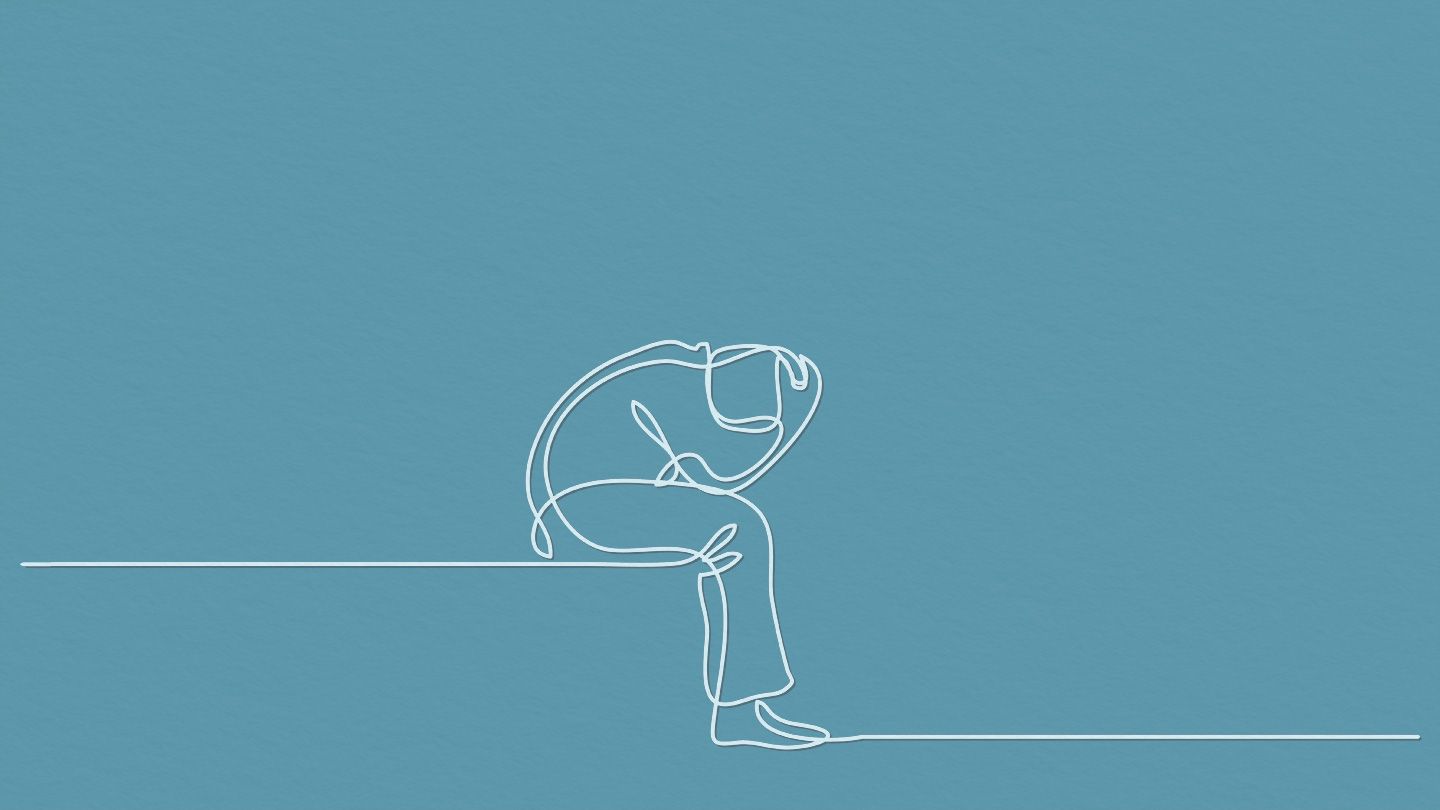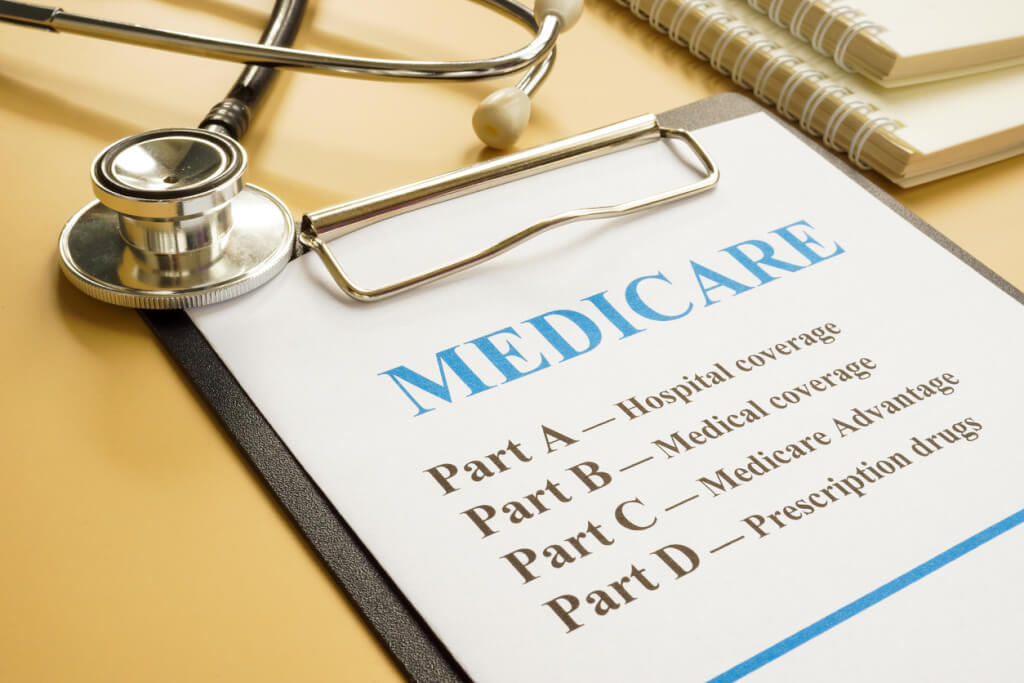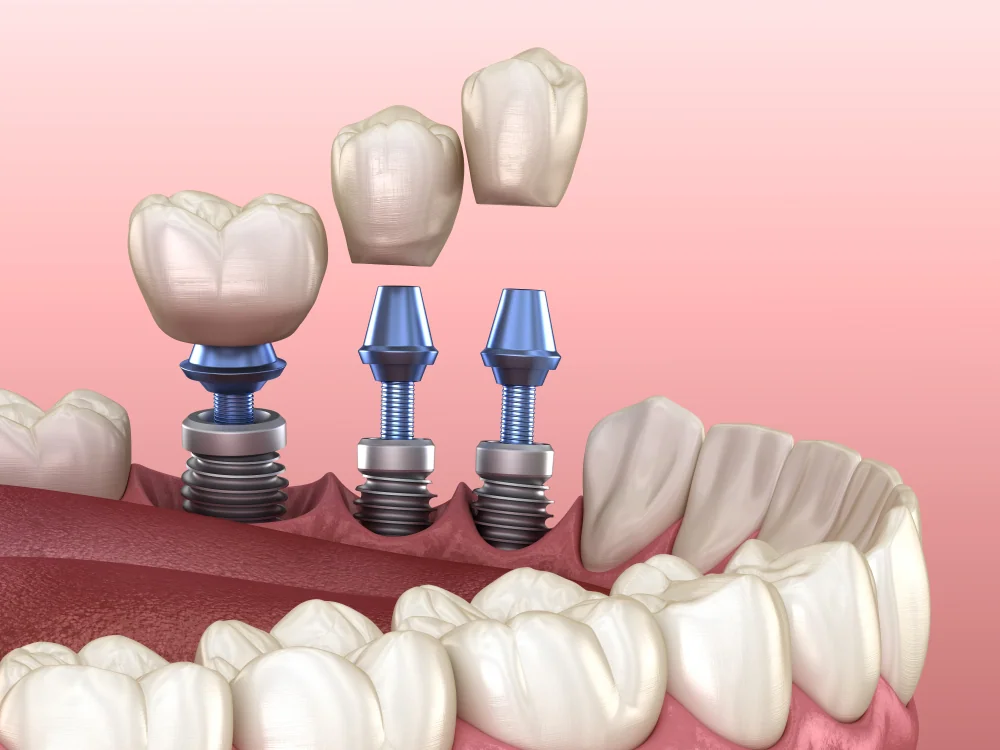Exploring Depression: The Many Facets, Triggers, and Treatment
- Posted on Nov. 7, 2023
- Health
- Views 67
Emotions of sadness are a fundamental part of the human experience, particularly during pivotal life events such as the conclusion of a relationship or the loss of a job. Nevertheless, if these emotions escalate, bringing along physical symptoms and impeding one's daily life, it may signify a more severe condition – clinical depression.
Read More

In accordance with the U.S. Health and Human Services, 8,4% of adults all over the country experienced depression symptoms at least once.
Understanding the Diagnosis
Depression stands as a grave mental health ailment typified by persistent, profound feelings of sorrow and despair. Another significant feature is that symptoms affect not only emotional conditions, but physical factors – for example, patients experience trouble with sleep and hygiene. Although such symptoms are usually diagnosed in the childhood or first 30 years of life, they may occur in any life period.
Household Pulse Survey by the U.S. Census Bureau claims the disease more often affects people from social and sexual minorities including the lesbian, gay, bisexual, and transgender (LGBT) community. Almost 29% percent of such people have ever experienced the symptoms. Also, women are statistically more likely to be diagnosed with depression than men.
How to Determine Depression: Main Symptoms
Depression symptoms should significantly disrupt daily life and occur virtually daily. They comprise:
- Persistent feelings of despondency.
- Inability to derive enjoyment from activities once cherished.
- Noteworthy fluctuations in weight or appetite.
- Sleep disturbances, insomnia, or hypersomnia.
- Fatigue or a loss of vitality.
- Psychomotor agitation or retardation.
- Sensations of worthlessness.
- Cognitive deficits, including challenges in concentration and decision-making.
- Lingering thoughts of death or self-harm, potentially including a specific plan.
However, depression symptoms are also common for other conditions like bipolar disorder, substance use disorders, and schizophrenia. This is why precise monitoring and treatment for depression and anxiety are essential in diagnosing depression.
Types of Depression
The disease doesn't come in one form and varies depending on the patient. These subtypes encompass:
- Persistent disorder: lasting for approximately 2 years, this. type includes mild symptoms and can be treated effectively.
- Perinatal depression occurs during pregnancy or post-pregnancy like a reaction to. stress and life changes.
- Seasonal affective disorder: A subtype wherein depressive symptoms intensify during fall and winter. In rare cases, the disorder may hit. people in summer.
- Depression with symptoms of psychosis: Individuals afflicted by this severe form grapple with both depressive and psychotic symptoms, such as hallucinations and delusions (unshakable false beliefs).
What Causes the Disorder?
The root cause of depression remains unknown, but certain risk factors may predispose an individual to this condition:
- Genetics: A familial history of depression heightens the risk, although not everyone possessing such a genetic link will encounter depression.
- Environmental factors like violence, neglect, abuse in the family, poverty, or physical illness elevate the likelihood of developing depression.
- Personality traits like low self-esteem, vulnerability to stress, and a pessimistic outlook can increase the probability.
Cure Options
The good news is that modern medicine offers various types of major depression treatment including psychotherapy and dozens of medical strategies. Now, the options include:
- Psychotherapy
- Antidepressants
- Lifestyle changes
- Environmental support.
Almost 90% of patients experience relief by combining all treatment methods for a long time.
How to Behave With People Struggling with Depression?
If you or someone you know is struggling with depression symptoms, it is vital to recognize that support is accessible. Resources like primary care physicians, the therapist directory of the American Psychological Association, and online therapy services for depression offer assistance. In instances of suicidal ideation, immediate help can be obtained by contacting the 988 Suicide & Crisis Lifeline.
Supporting someone dealing with depression is paramount. Expressing concern through compassionate yet non-judgmental inquiries, acknowledging your limits in comparison to a professional therapist, and providing help when the affected individual is ready to seek assistance can be instrumental. Although depression presents considerable challenges, effective treatments and support can significantly enhance an individual's life.


